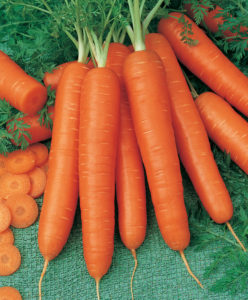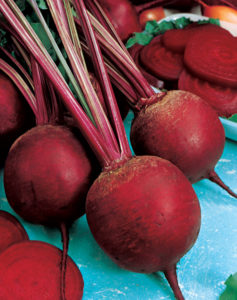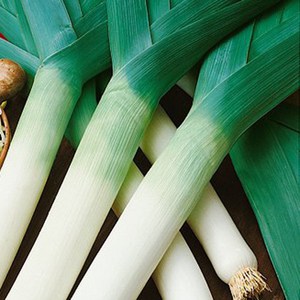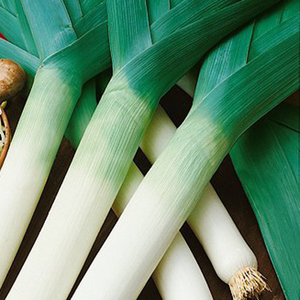Three Wild and Spicy reasons to grow Wild Arugula
Gardening Tips
by Sandy Swegel
Wild arugula is my favorite spring green of the week and this year it’s the first thing I’ve seeded out into the garden during our warm spell.
Similar to regular arugula, wild arugula has a “wilder” taste and thinner leaf. It looks quite like a mustard weed when young if you aren’t familiar with it. Definitely a cool season crop as once the temps get to 80 wild arugula can be quite bitter.
It is very easy to grow, as mustards often are, and can handle less than ideal soil and water. (Watch out…low water makes it even spicier.). I like to plant it somewhere it can establish itself as a perennial that I can just pick a few leaves now and then to add some zest to dinner. But a Spring garden patch is essential to get cups and cups of the greens to use in making pesto.
So here are my three favorite wild and spicy reasons to grow wild arugula.
SPRING SALADS
Arugula has a nutrient profile similar to other spring tonic herbs like dandelion and nettles, but I like the taste even better for salads or lightly steamed.
PESTO
Wild arugula pesto is an absolute favorite. Make it with garlic, olive oil, walnuts and Parmesan or goat cheese and you have a fantastic sauce for fettuccine noodles, topping for pizza or spread for appetizers.
POLLINATORS
Naturally, foods that are favorites of pollinators are favorites of mine. Once summer sets in, wild arugula bolts and sends up tall tiny spiky yellow flowers that pollinators love. I’ve seen all kinds of bees and butterflies snacking on the wild arugula flowers from summer through late fall. I also snack on them….I like the flavor of arugula flowers even better than the leaves.
Photo credits
https://www.dherbs.com/articles/featured-articles/wild-arugula-pesto/





